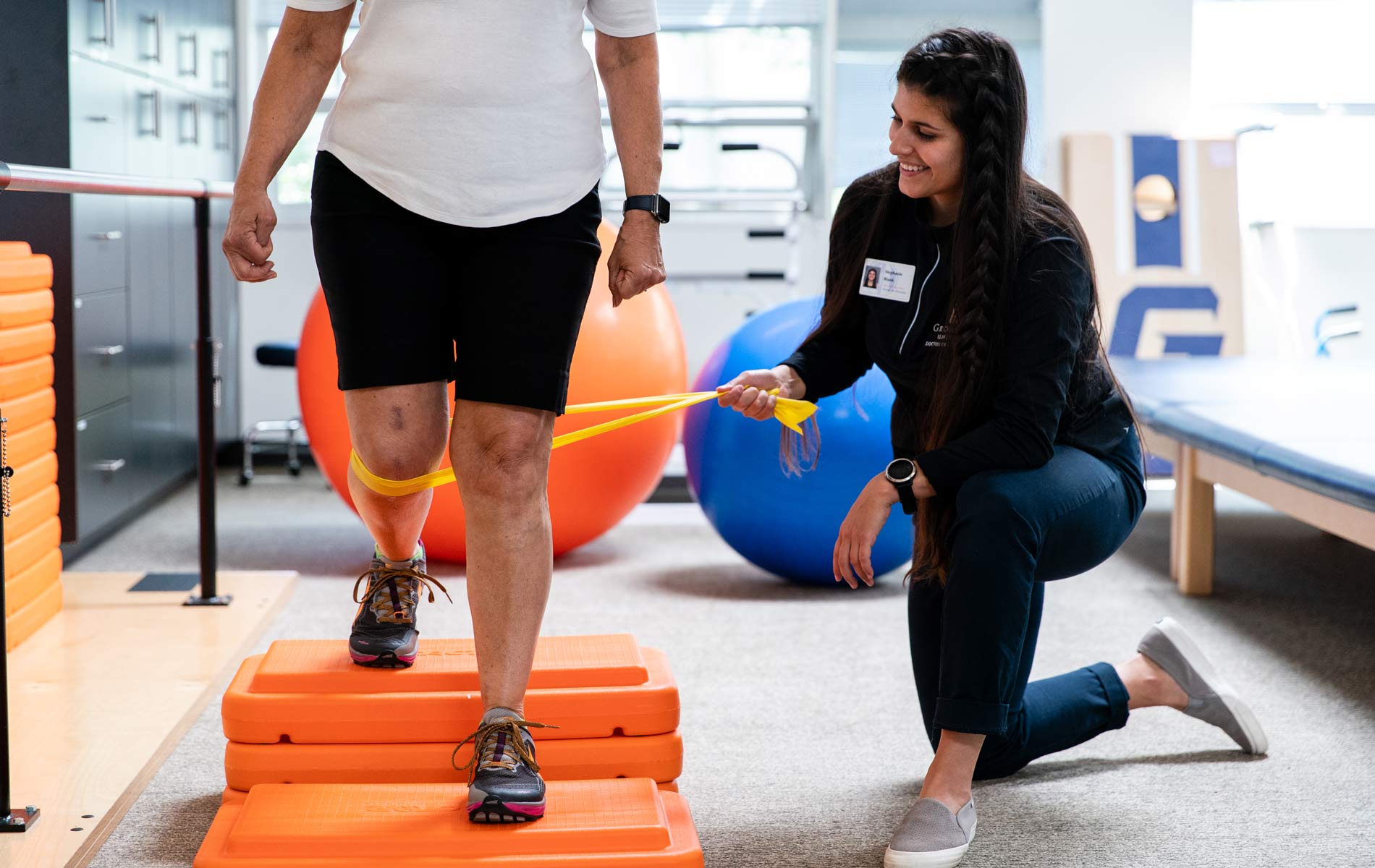Investigating the Varied Techniques of Physiotherapeutic Therapy for Improved Recovery and Rehabilitation
Investigating the Varied Techniques of Physiotherapeutic Therapy for Improved Recovery and Rehabilitation
Blog Article
Physical therapy is an important field that helps people heal from traumas, surgeries, and various health issues. It entails a variety of methods aimed to improve mobility, reduce pain, and boost overall bodily capability. Physical practitioners are trained experts who evaluate each patient’s requirements and develop personalized treatment plans. These programs often consist of workouts, manual treatment, and instruction about body mechanics. By using these varied approaches, physiotherapy can substantially improve a person’s quality of living.
One common method used in physiotherapy is rehabilitative exercise. This involves targeted movements and exercises that help strengthen muscle strength, enhance flexibility, and increase stamina. For instance, a client rehabilitating from leg surgery may perform workouts that concentrate on rebuilding strength in the leg muscle groups. These exercises are carefully selected based on the patient’s condition and goals. By incrementally boosting the intensity and complexity of the activities, physical therapists can assist clients regain their power and movement over time.
Another crucial method is manual therapy, which comprises hands-on approaches to manipulate the body’s tender muscles and articulations. This can involve flexibility exercises, mobilization, and manipulation. Manual treatment seeks to relieve discomfort, reduce inflammation, and improve blood flow. For instance, a therapist may apply gentle force to ease stress in tight muscle groups or to help a articulation move more freely. This method is often combined with other therapies to enhance rehabilitation and promote recovery. Patients often consider manual treatment to be a soothing and effective way to control their pain.
In addition to workouts and manual treatment, education plays a crucial part in physical. Practitioners teach clients about their issues and how to handle them efficiently. This may include advice on proper alignment, body movements, and techniques to avoid future traumas. For example, a practitioner might show a patient how to raise heavy items safely to prevent straining their spine. By empowering patients with understanding, physical therapists help them assume an active part in their rehabilitation and encourage sustained health and fitness.
Finally, technological advancements is progressively being integrated into physical methods. Tools such as sonography, electrical stimulation, and immersive reality can improve traditional therapy methods. These technologies can help reduce discomfort, encourage healing, and offer engaging ways for clients to participate in their recovery. For instance, virtual reality can generate immersive settings for patients to practice actions in a safe plus secure environment. As advancements continues to develop, it provides promising possibilities for enhancing recovery results in physiotherapy.
In summary, physical includes a variety of methods that function together to assist recovery and rehabilitation. Through rehabilitative exercises, hands-on treatment, client education, and the application of technology, physical practitioners provide holistic care tailored to each patient’s needs. This comprehensive method not only helps clients regain their physical capabilities useful content but also empowers them to maintain their well-being in the long-term future. As an increasing number of people recognize the advantages of physiotherapy, it continues to serve a crucial role in the pathway toward enhanced health and fitness.